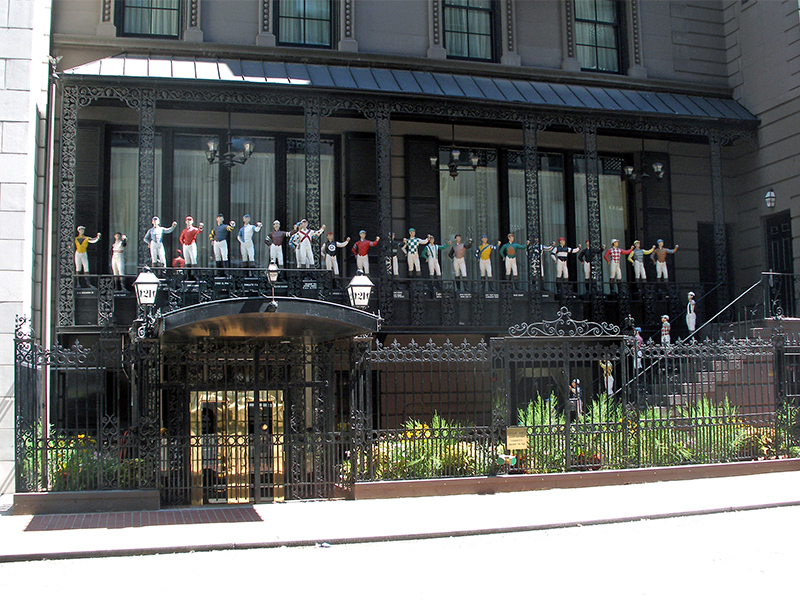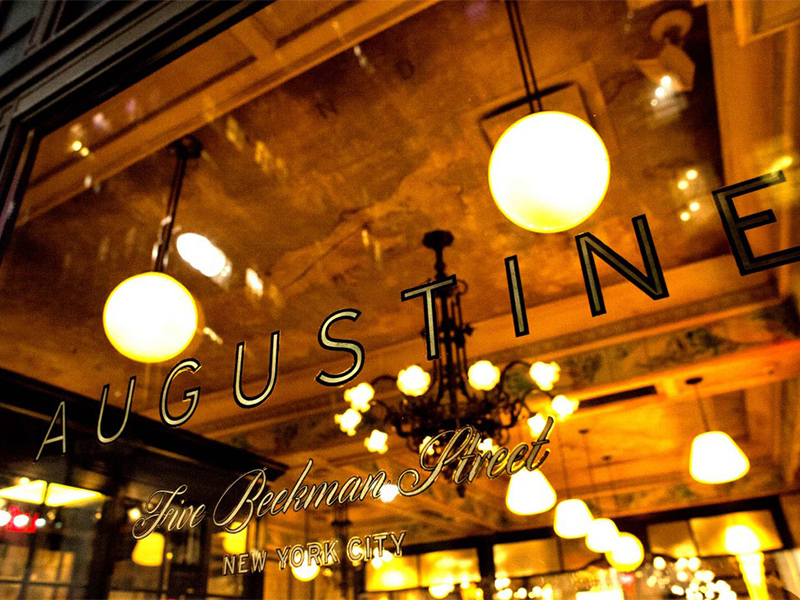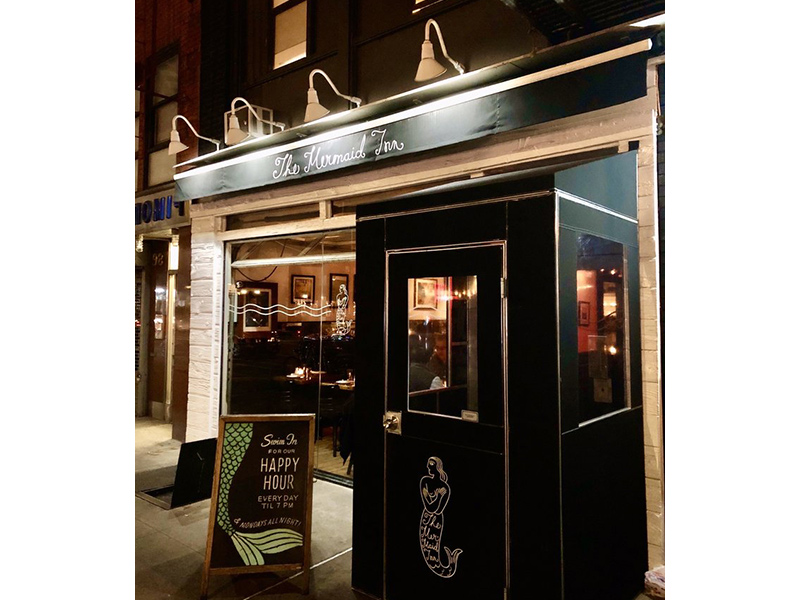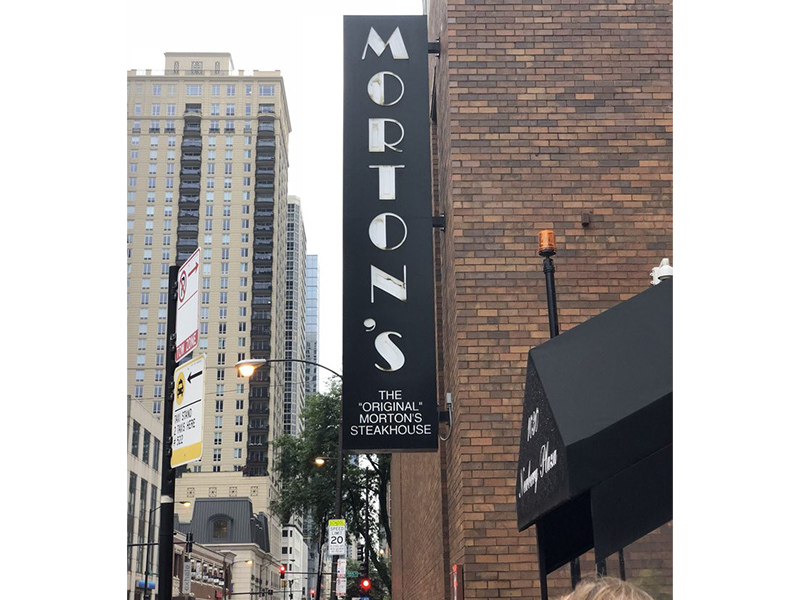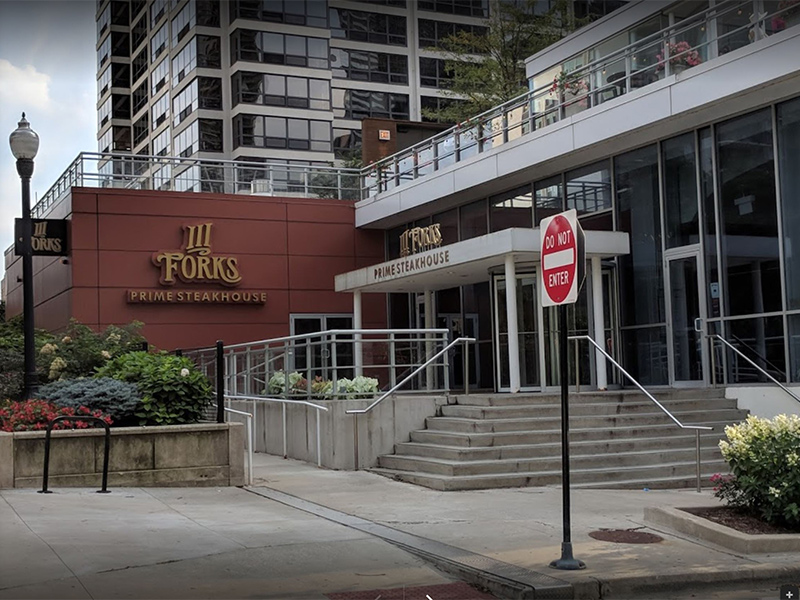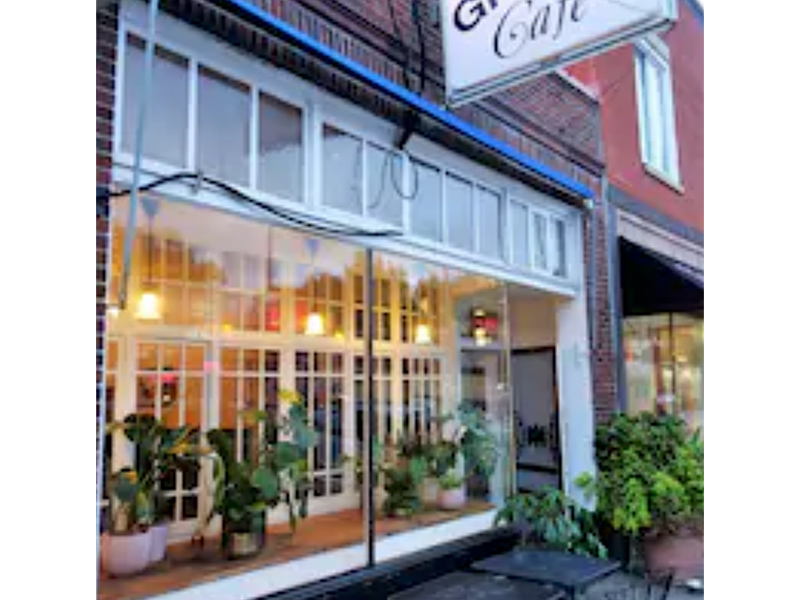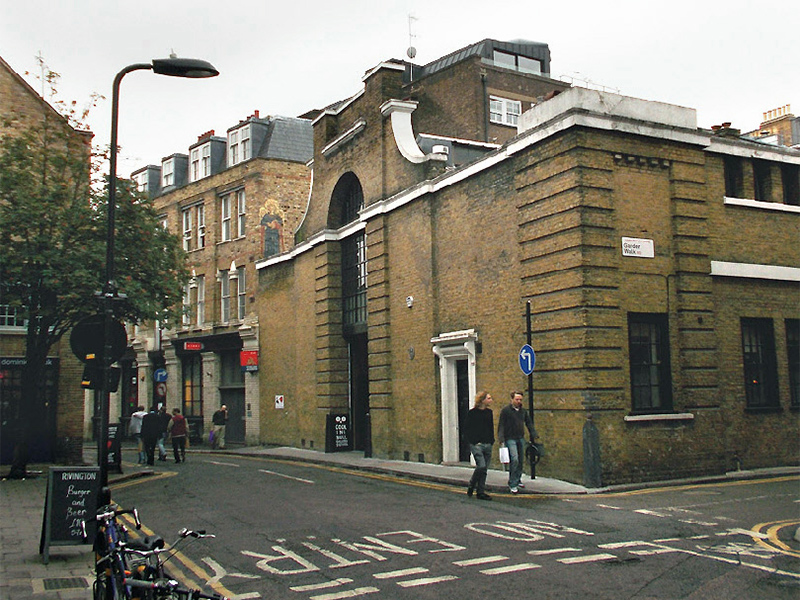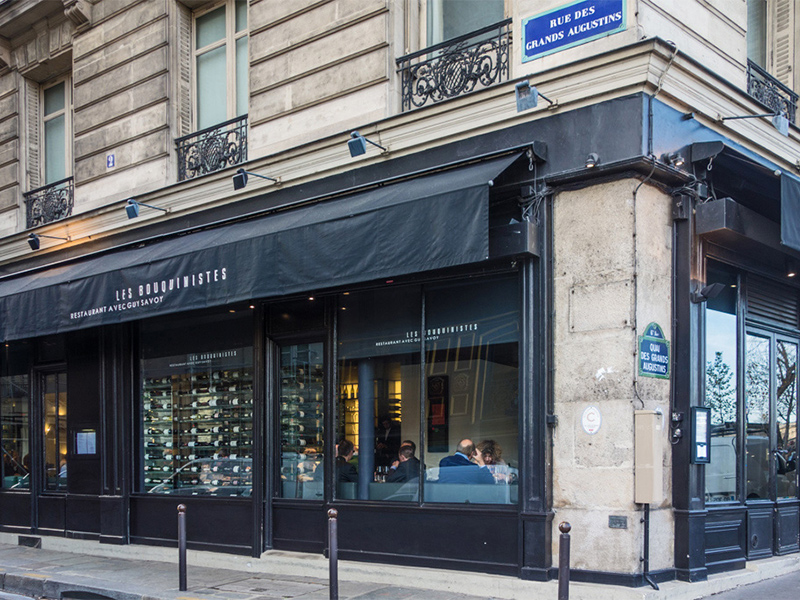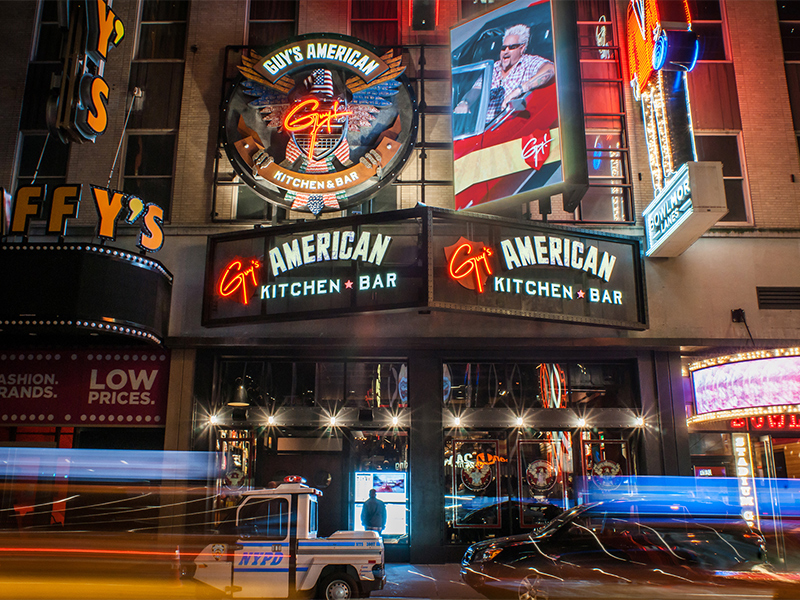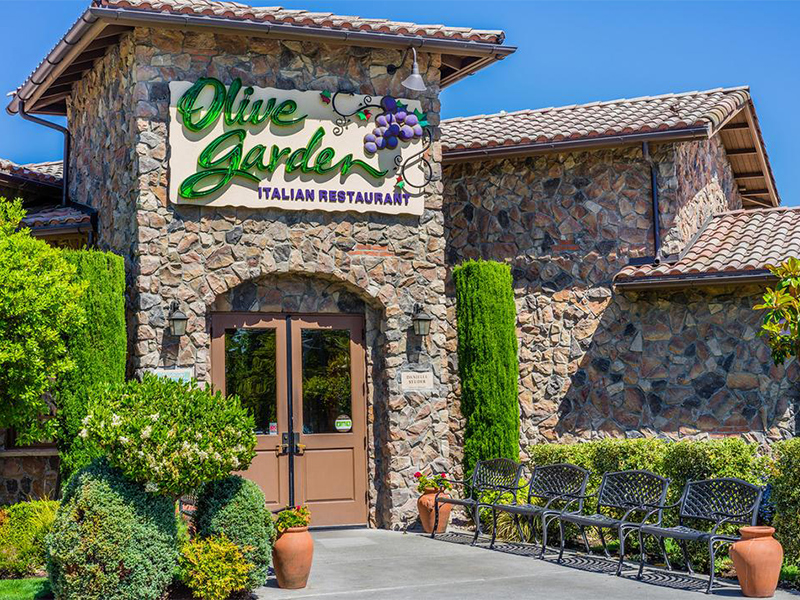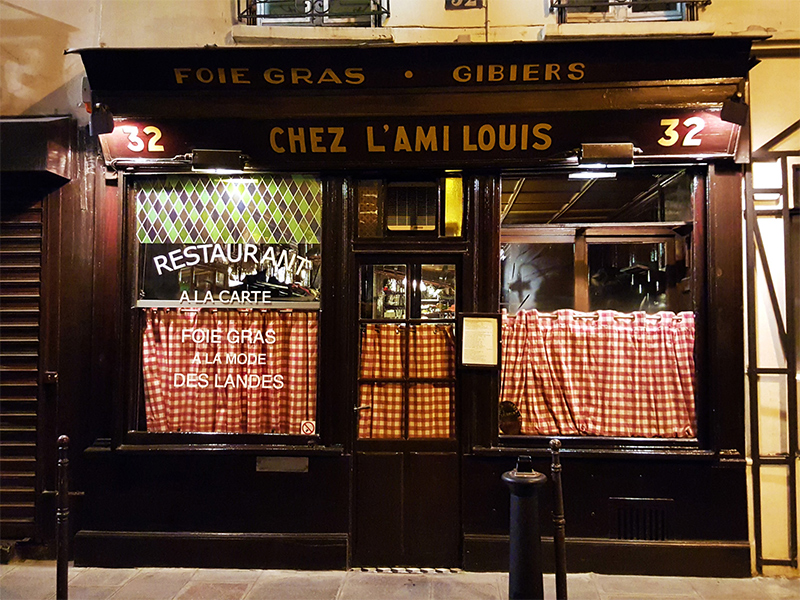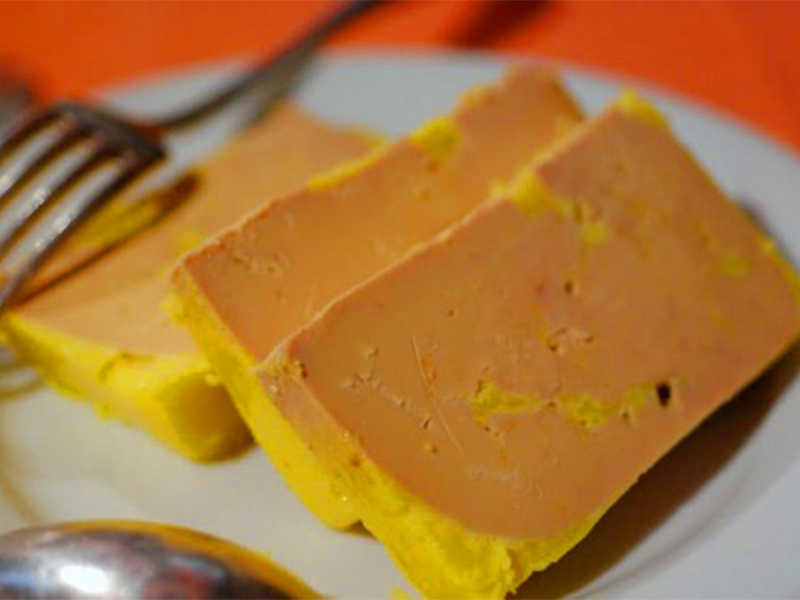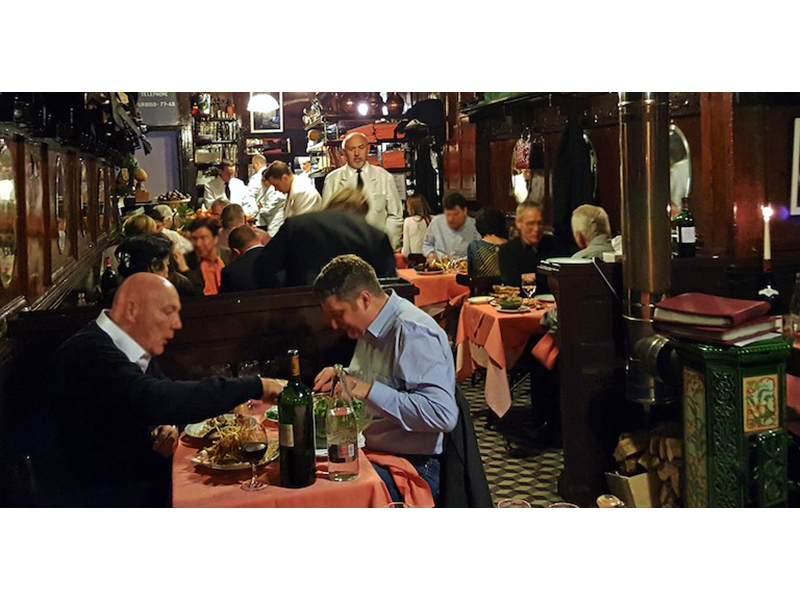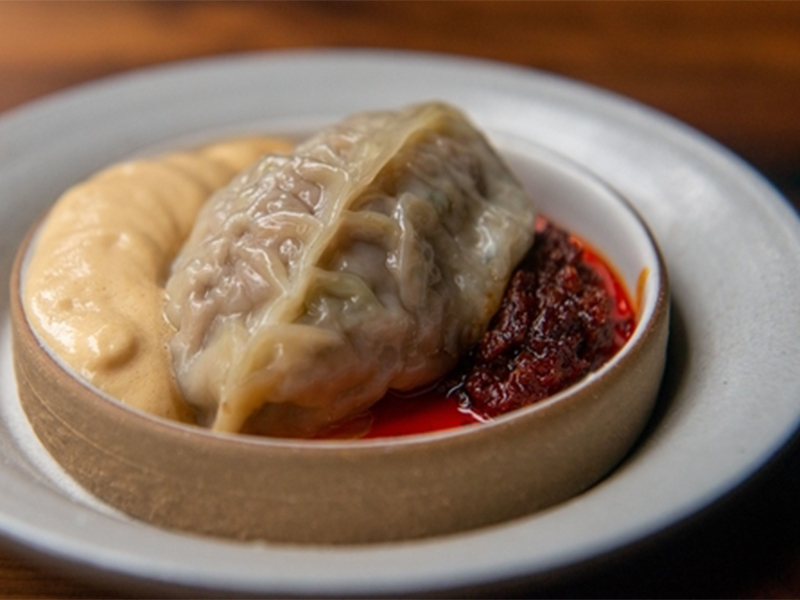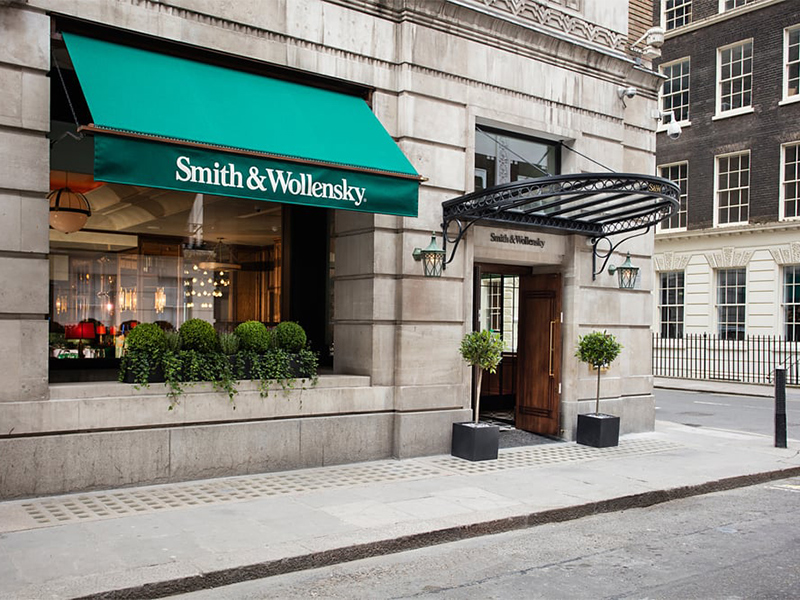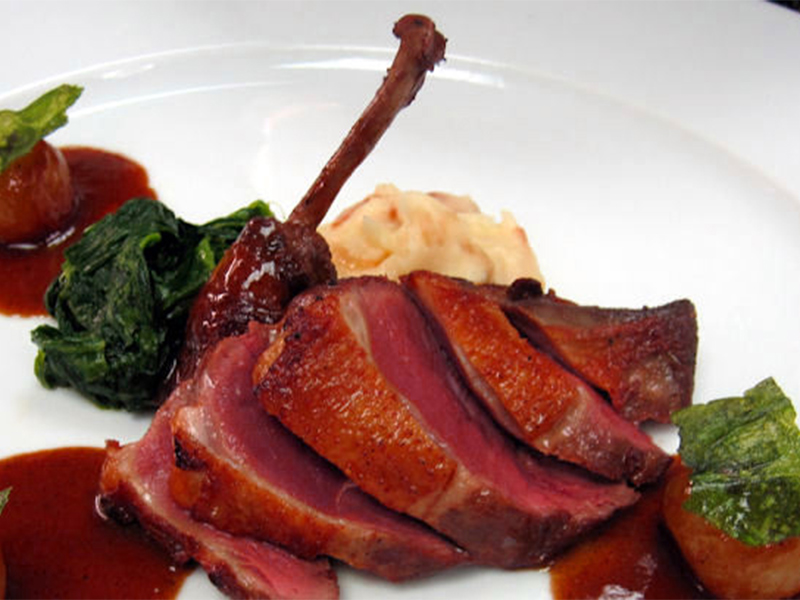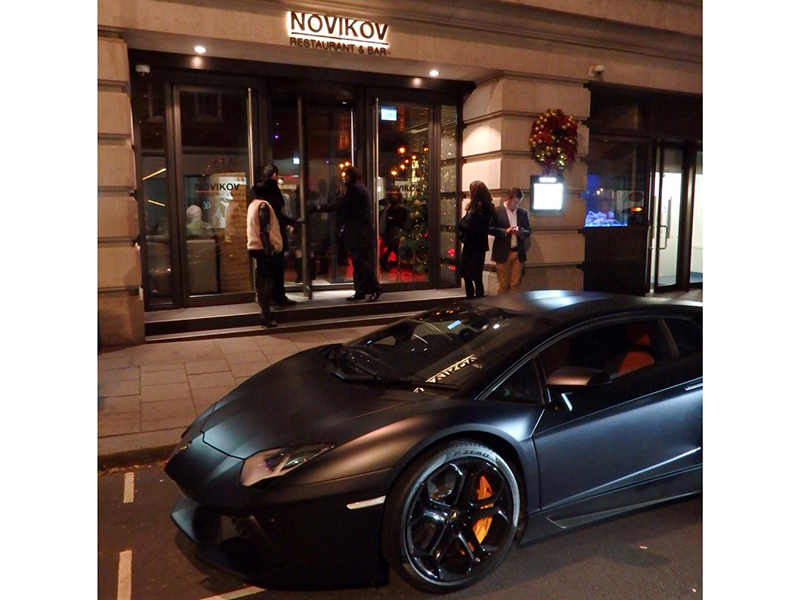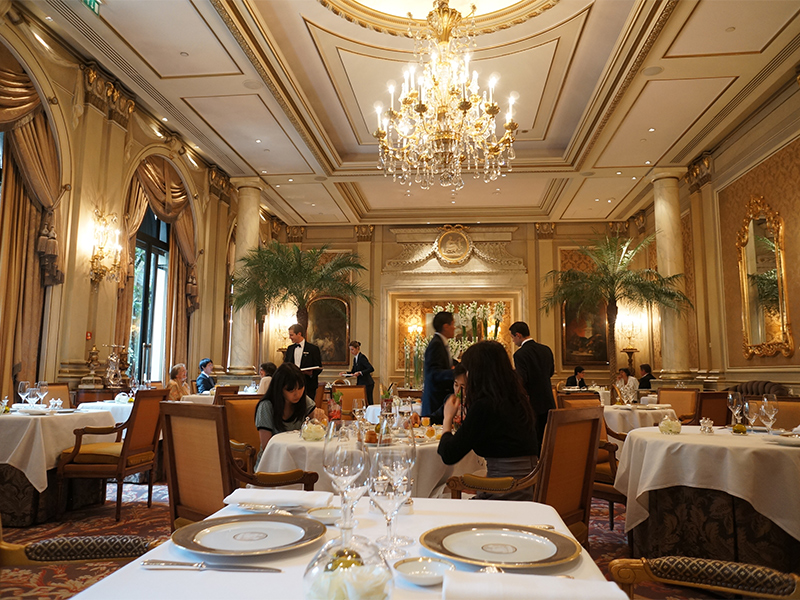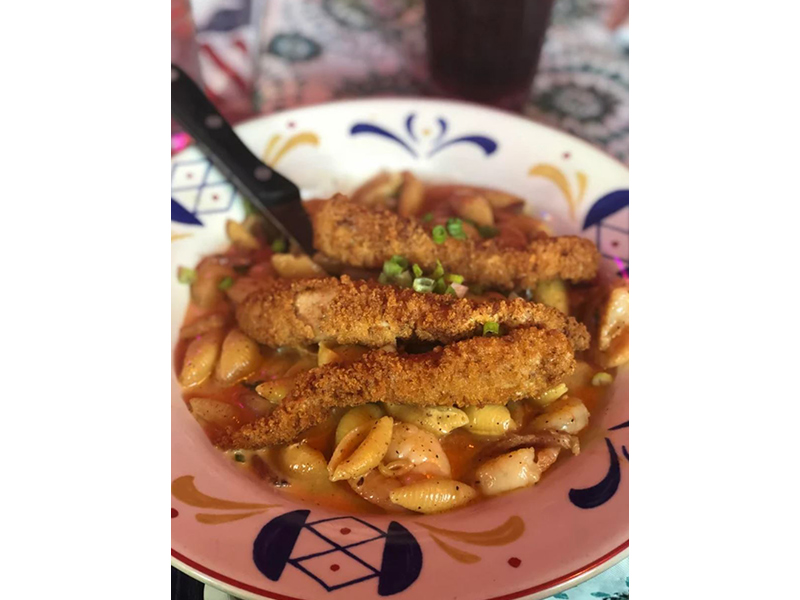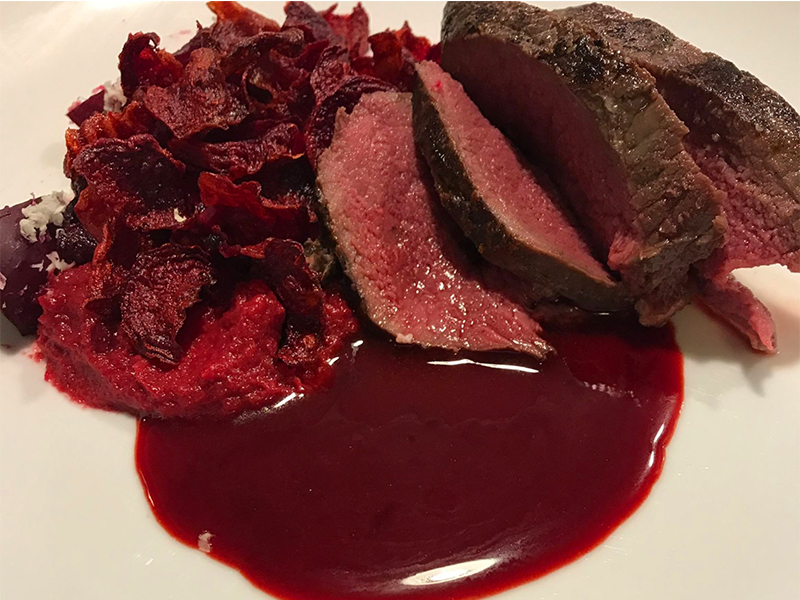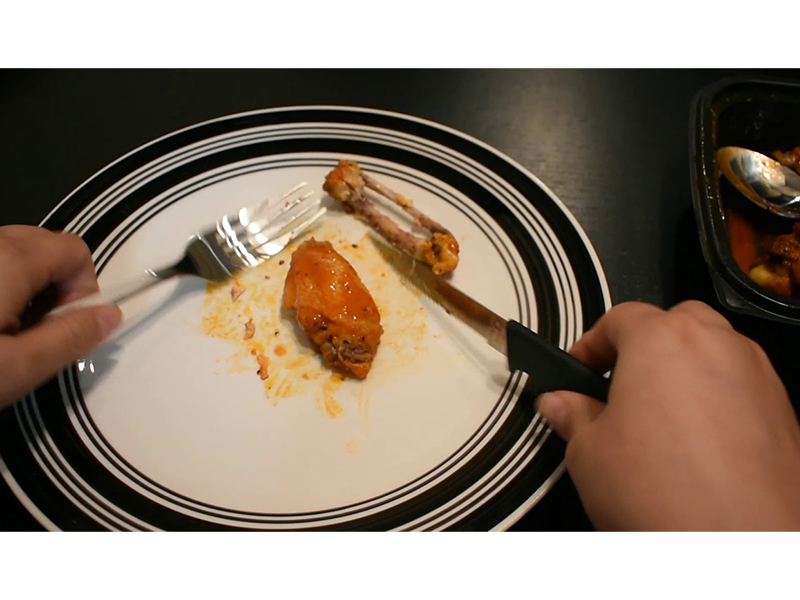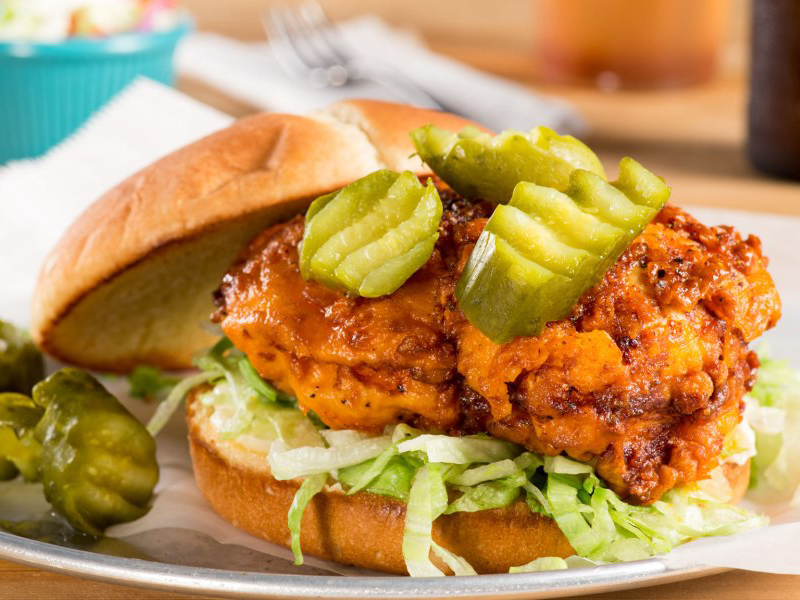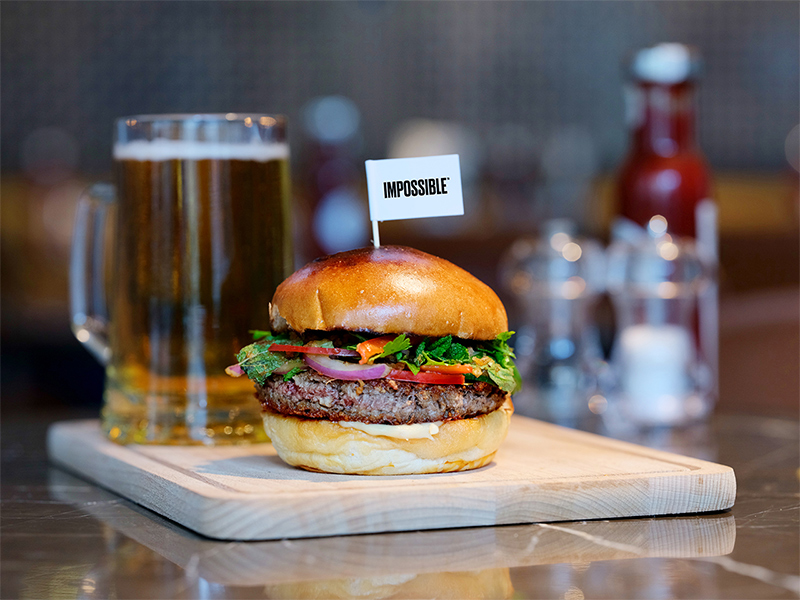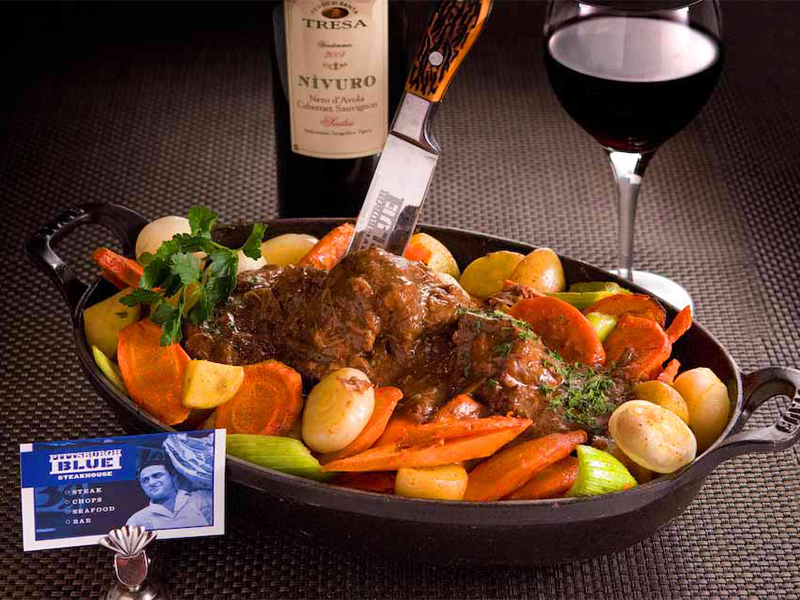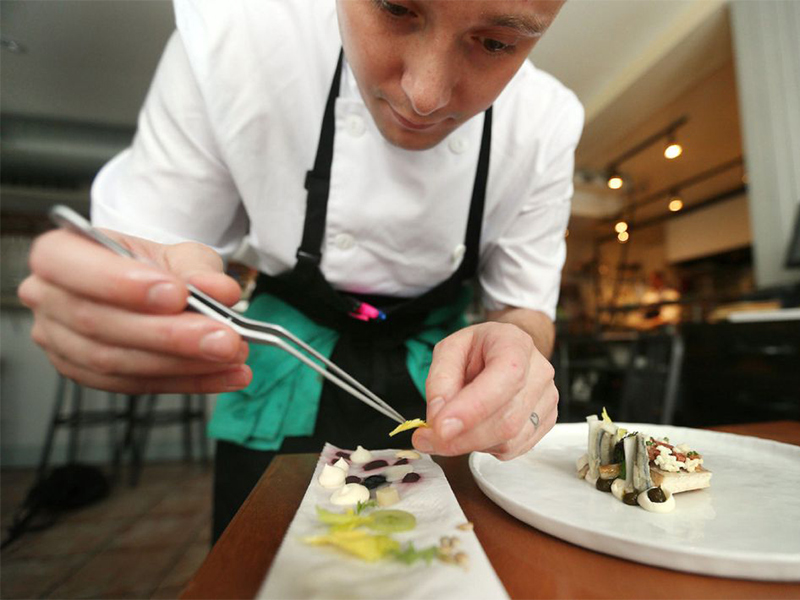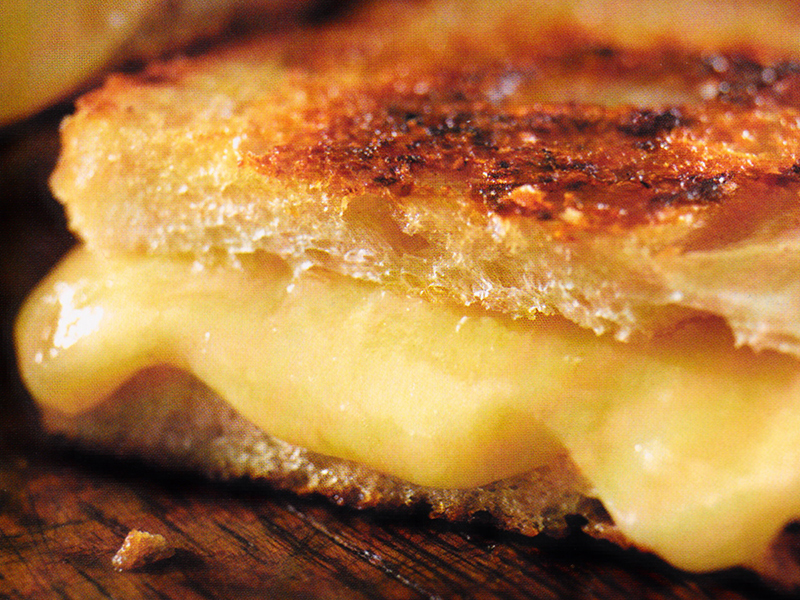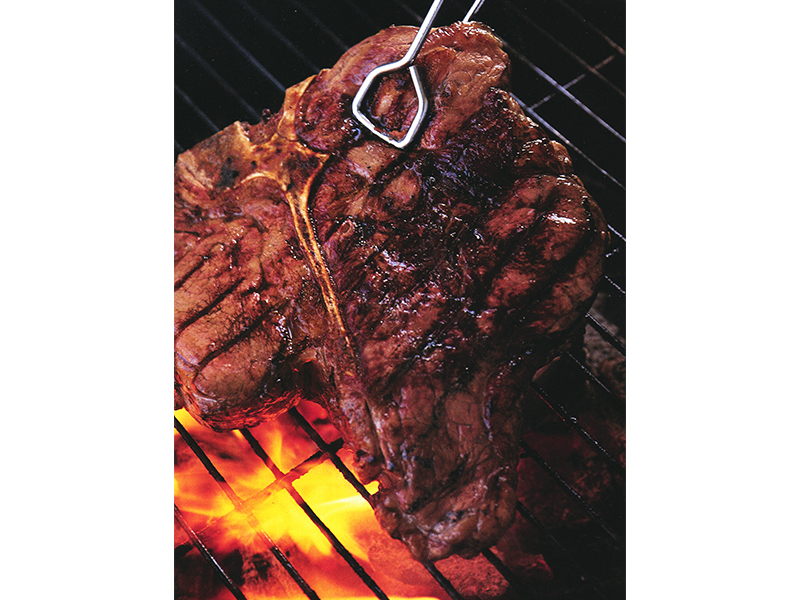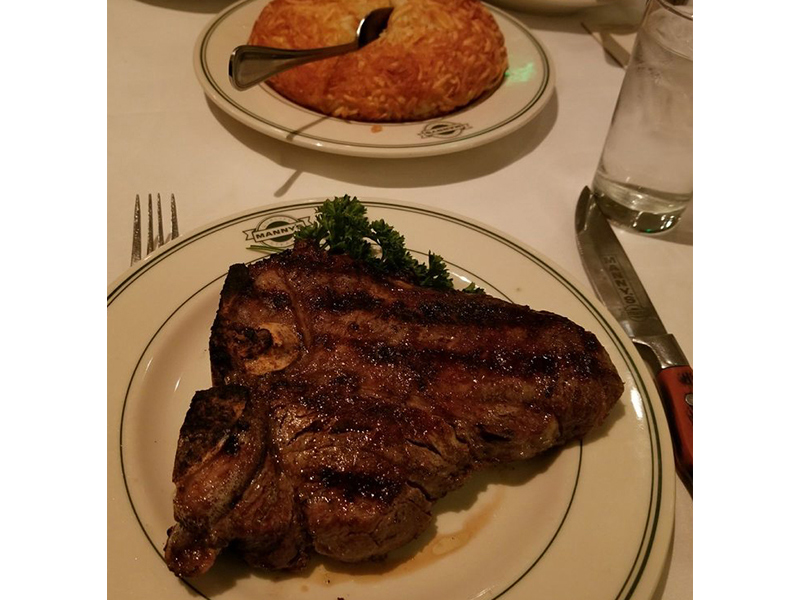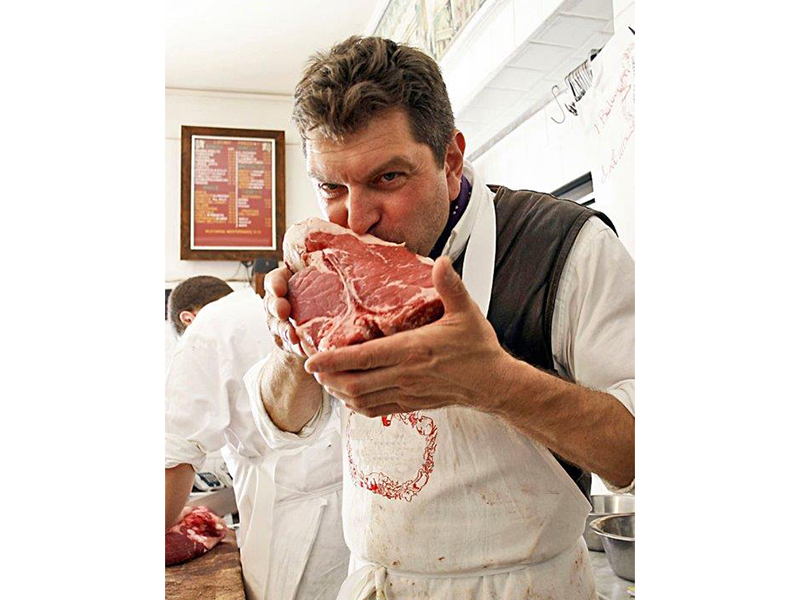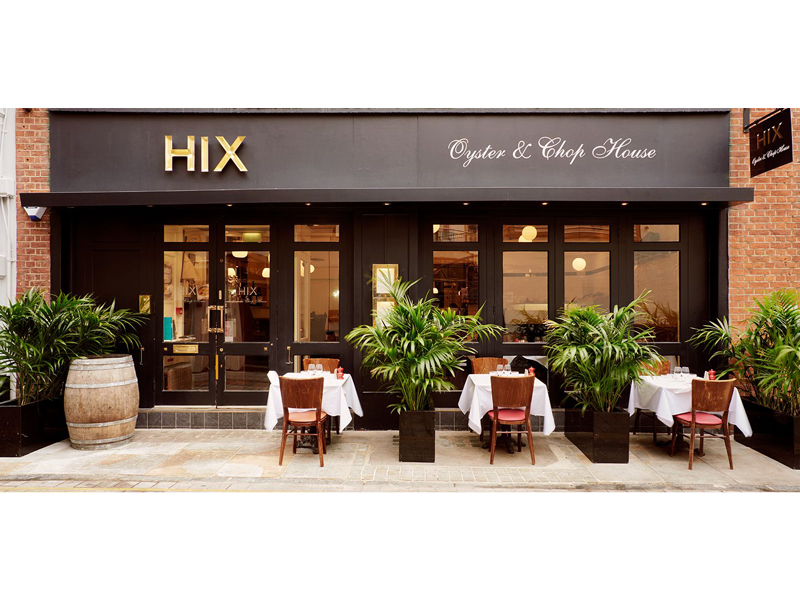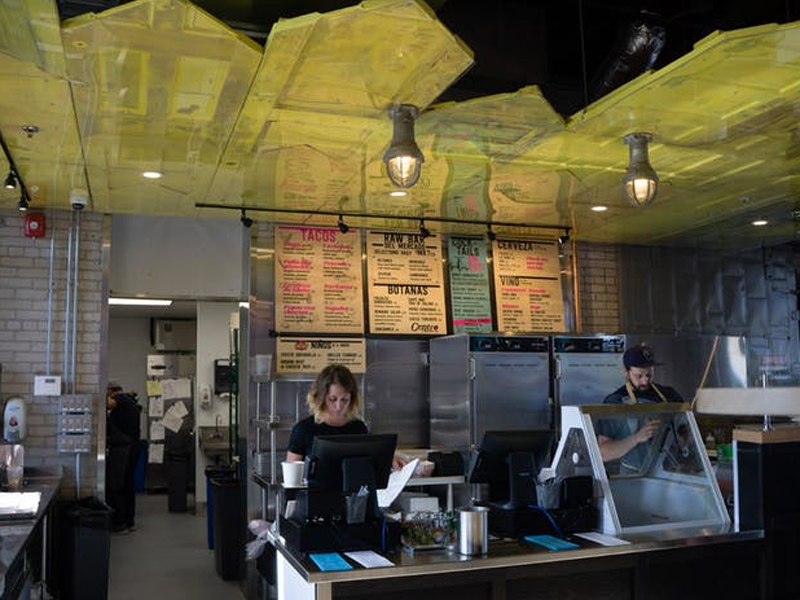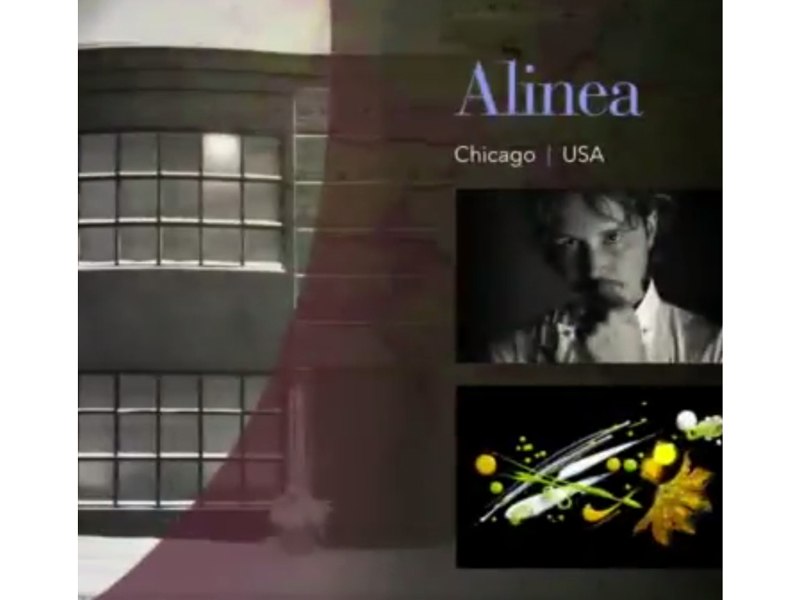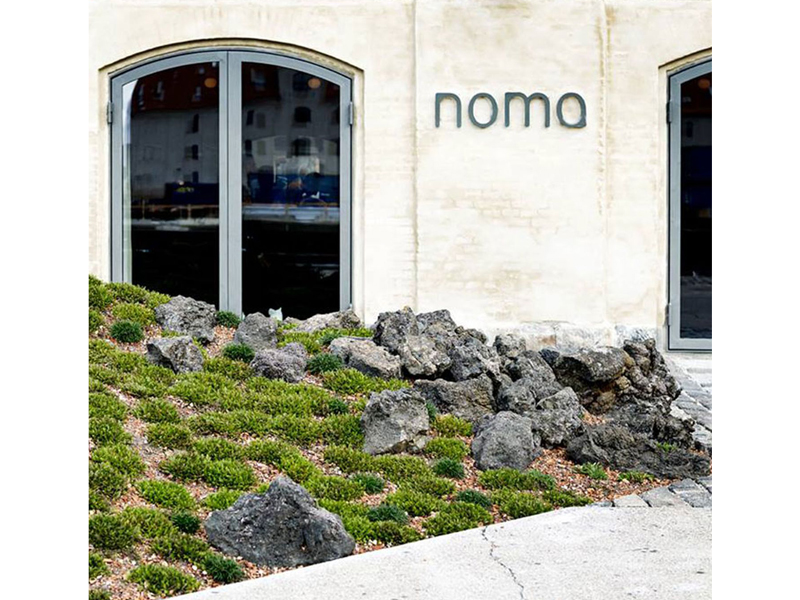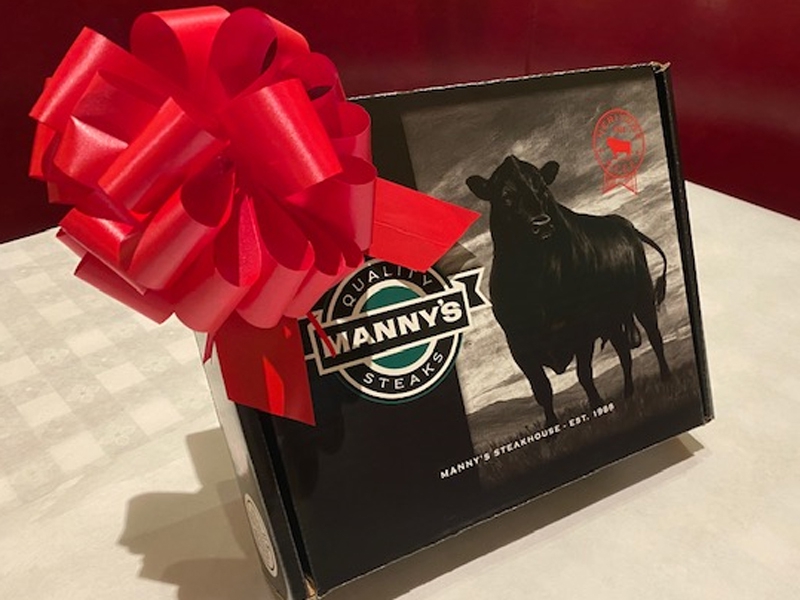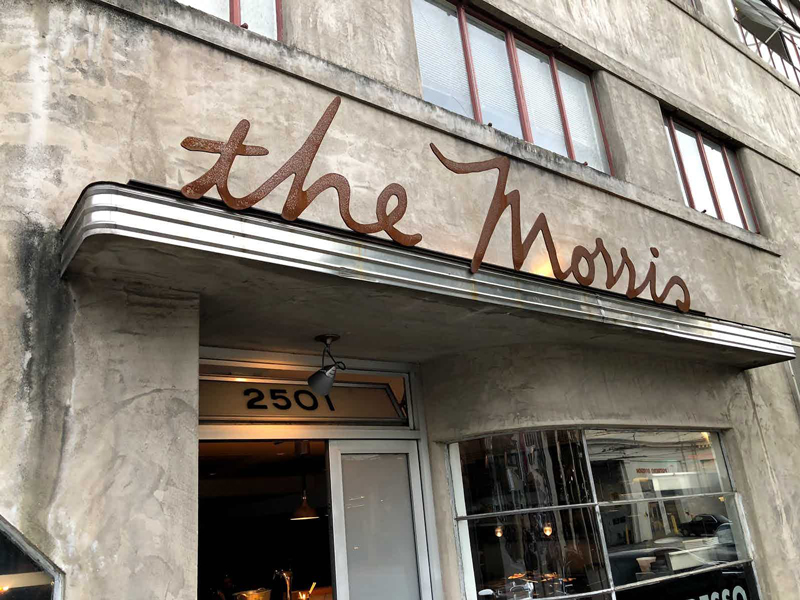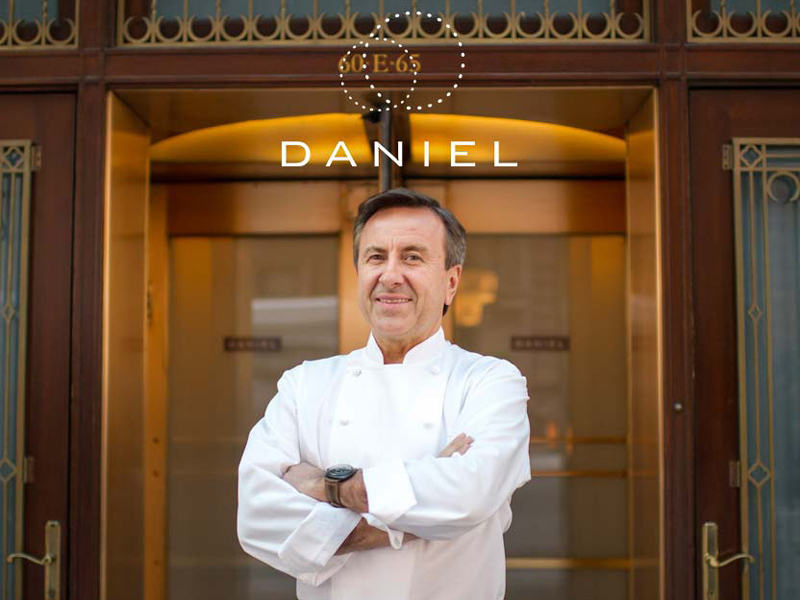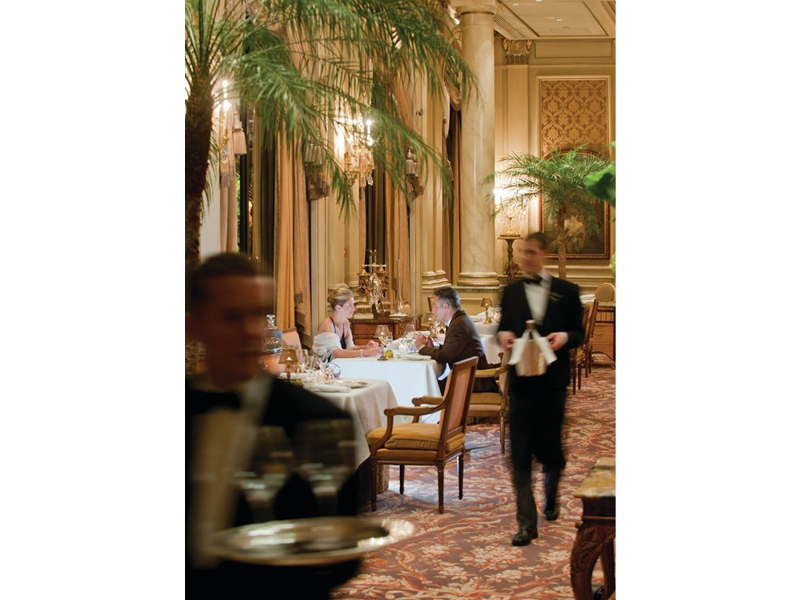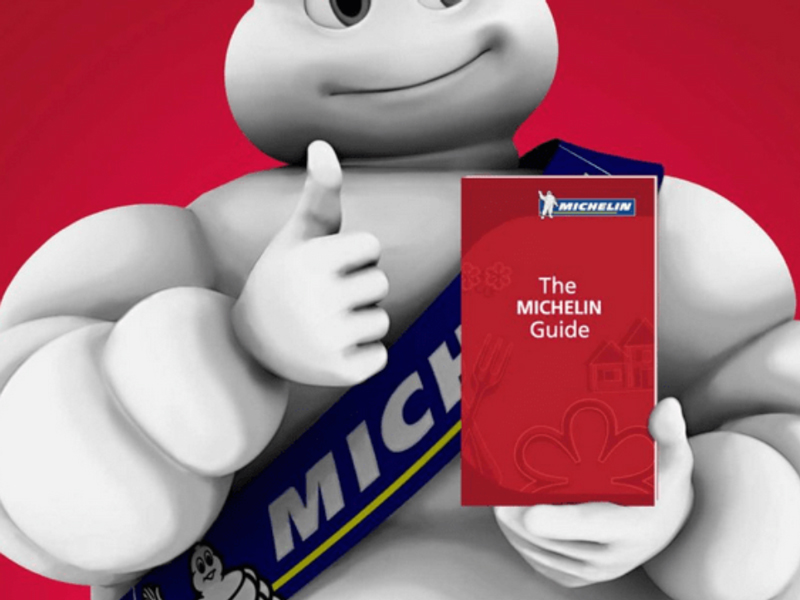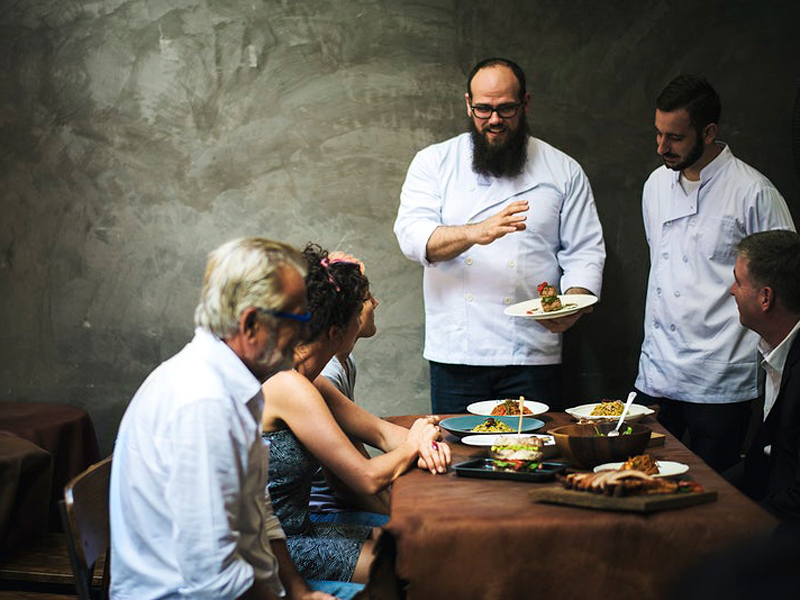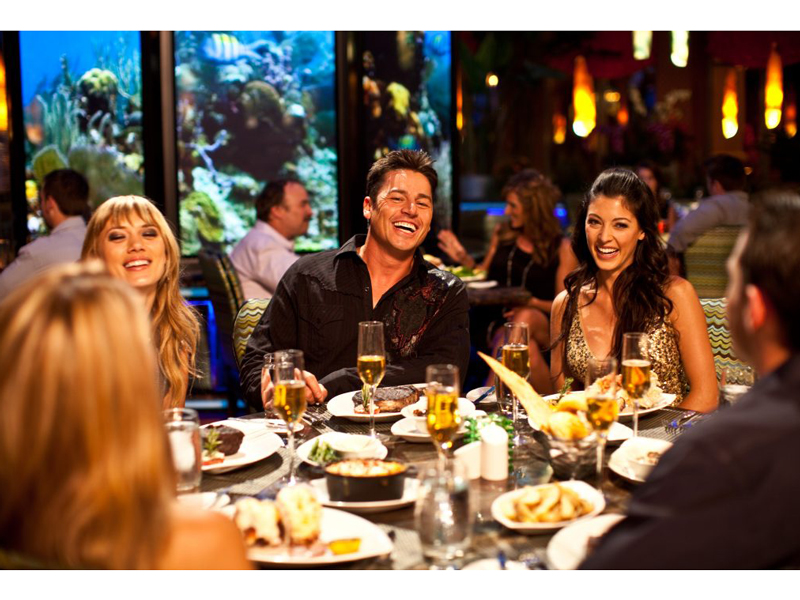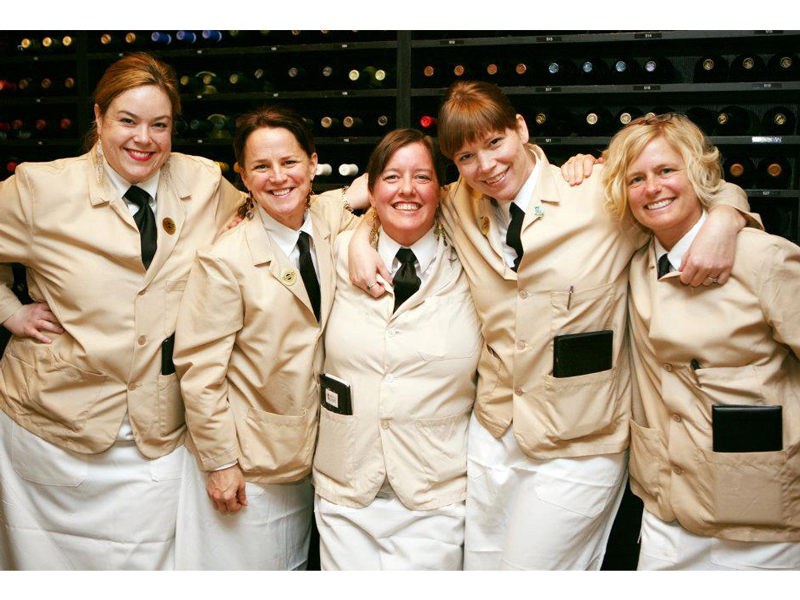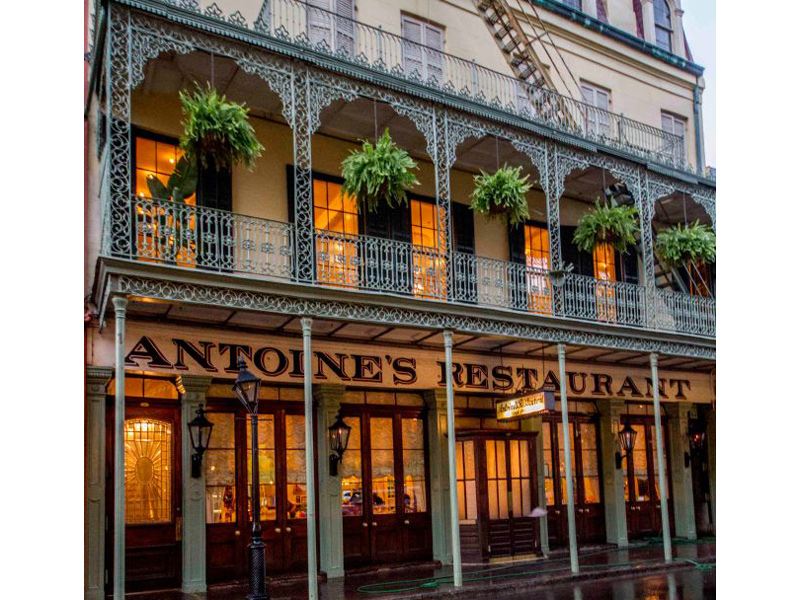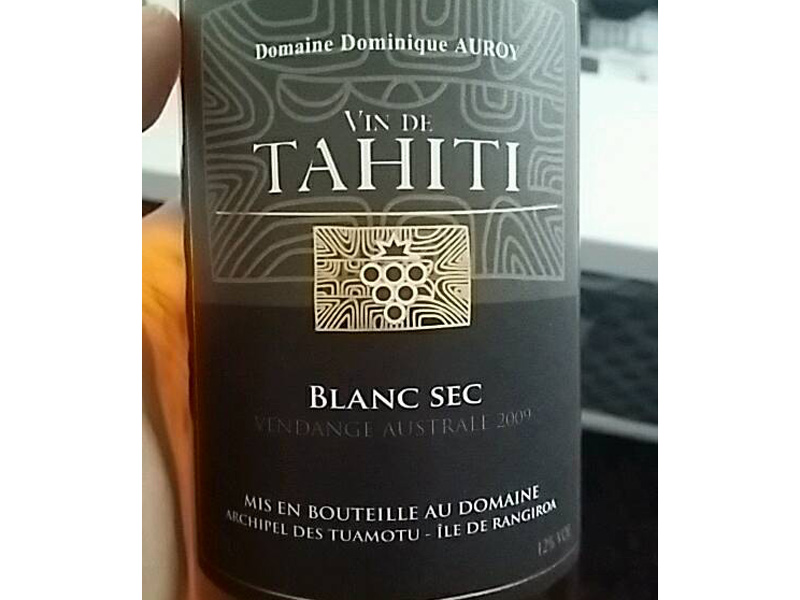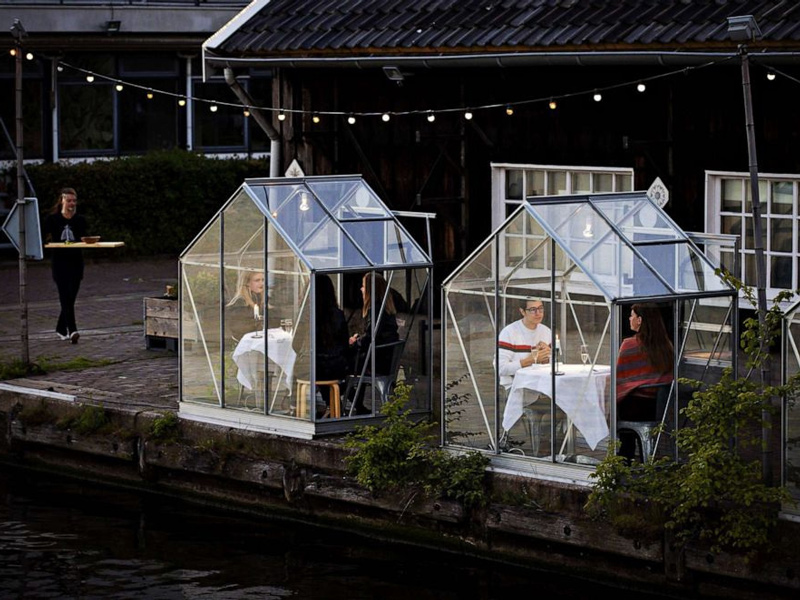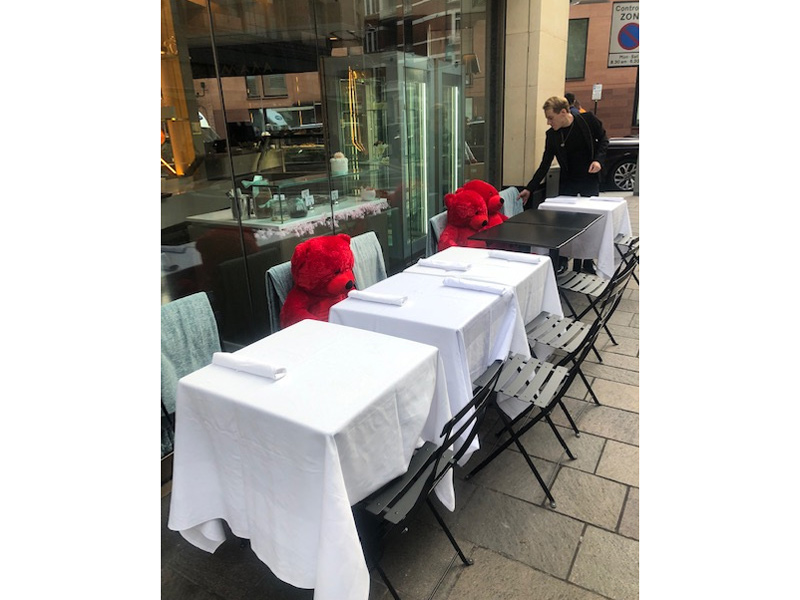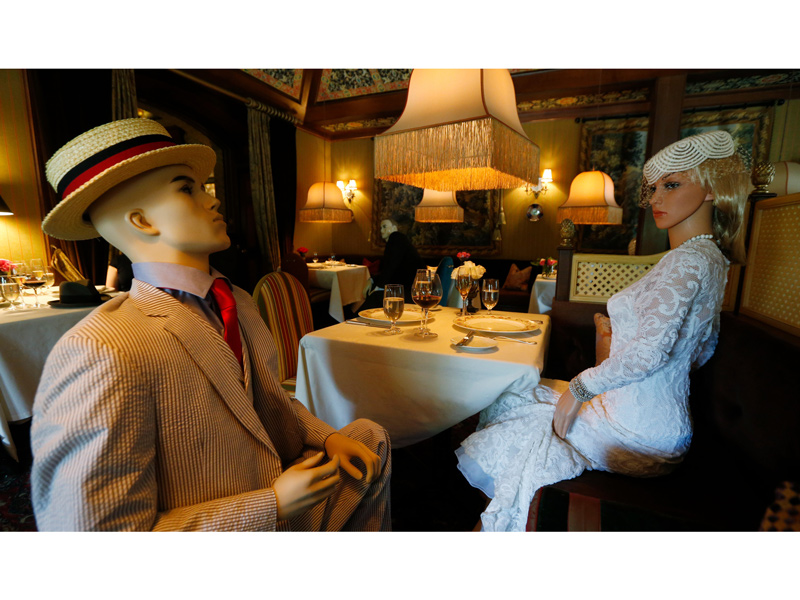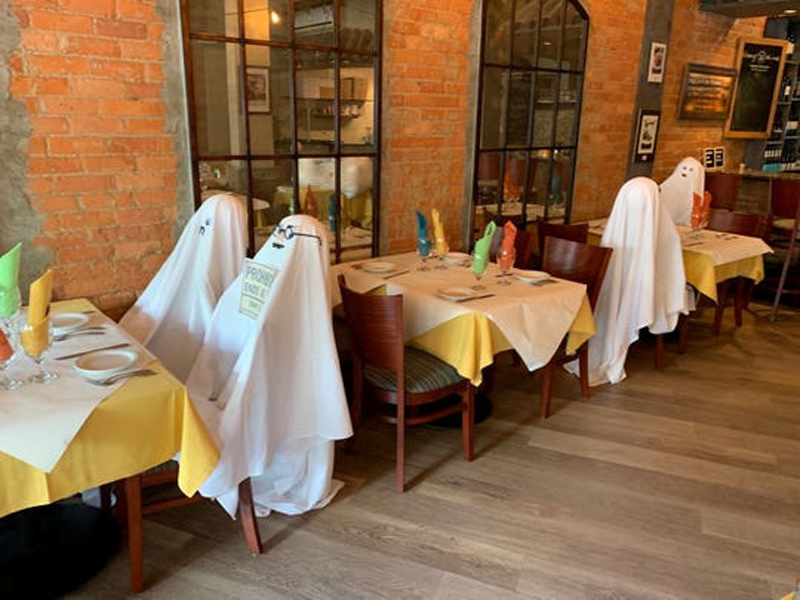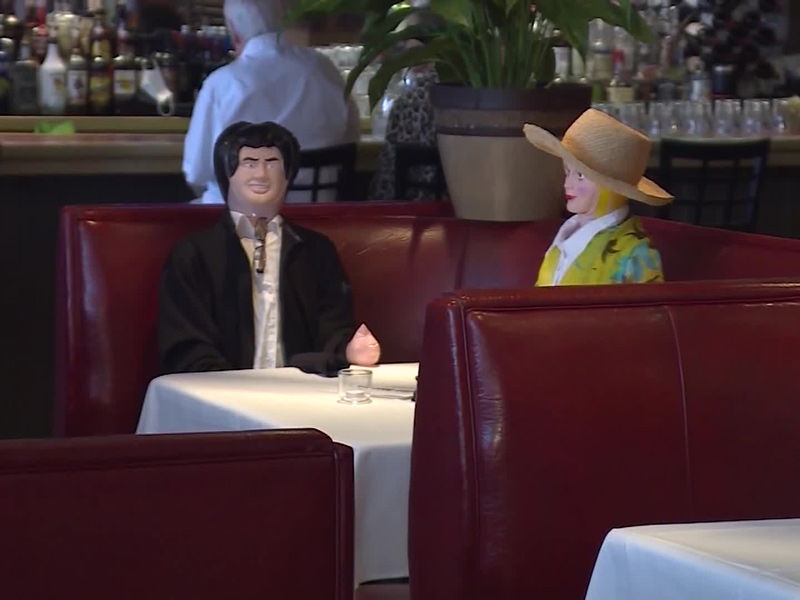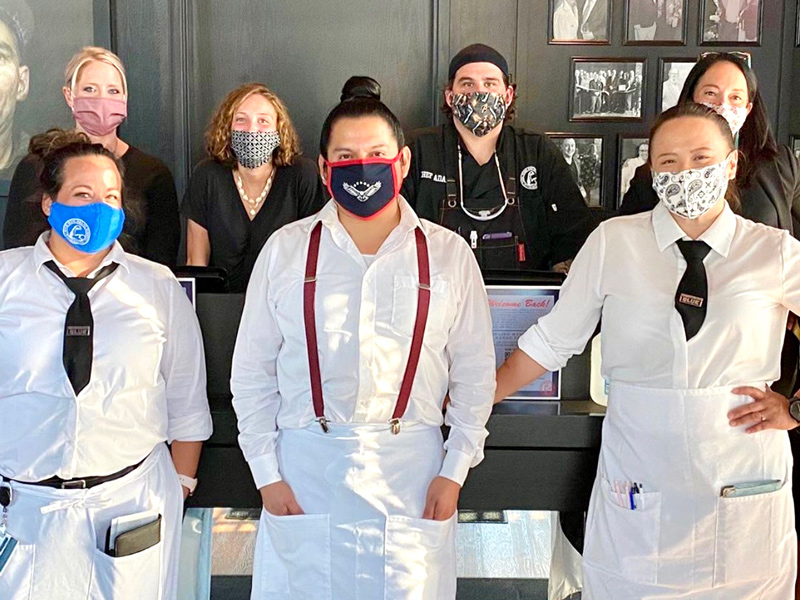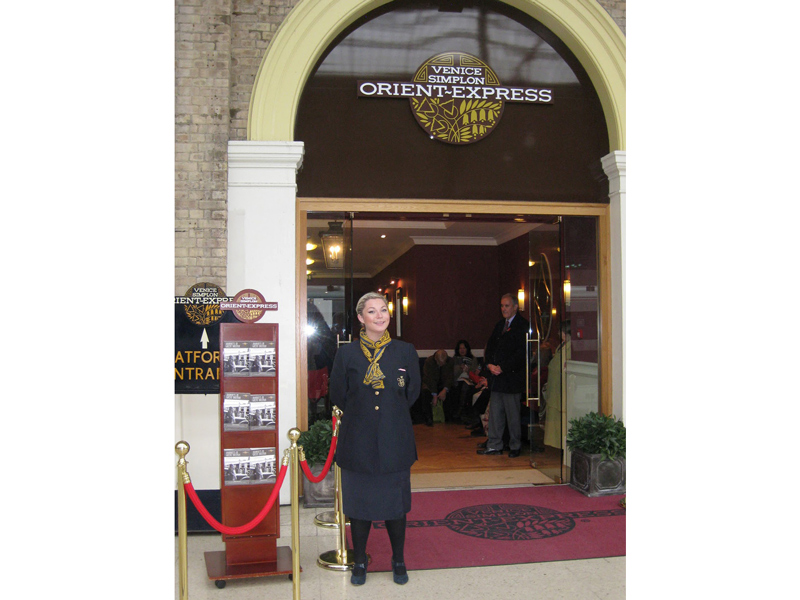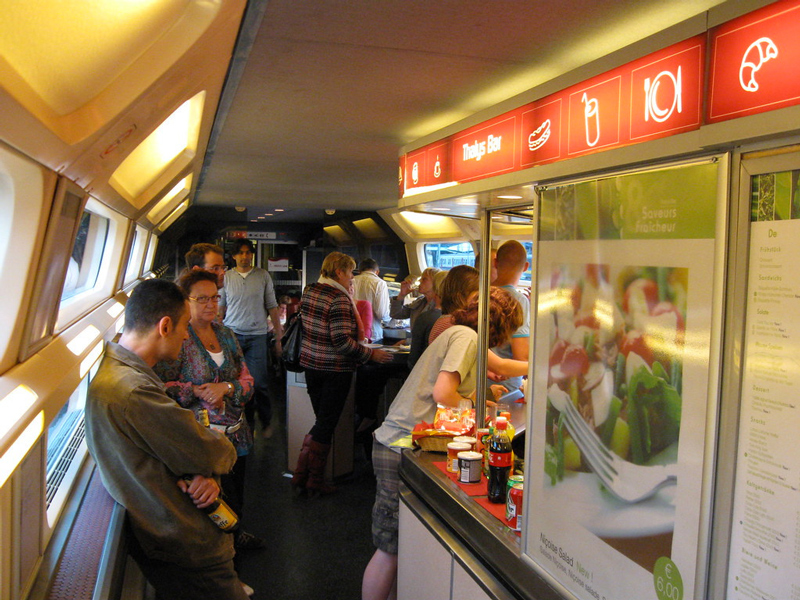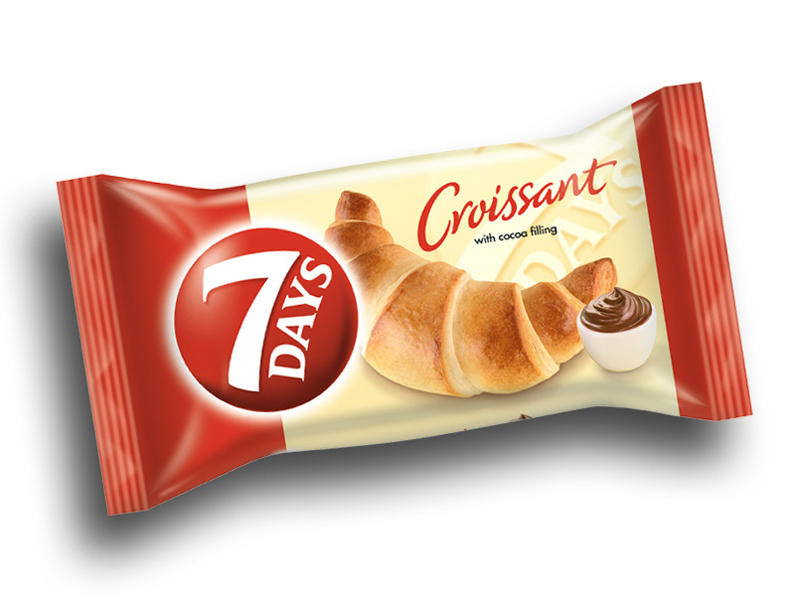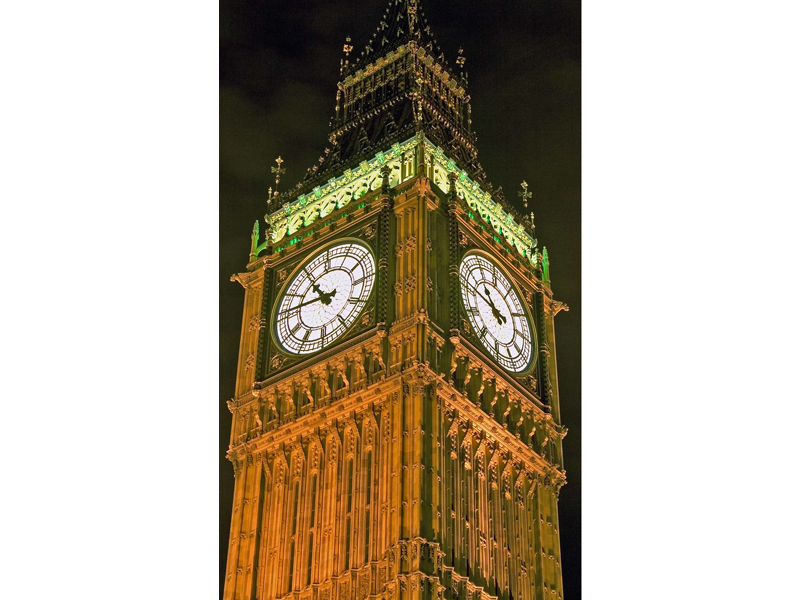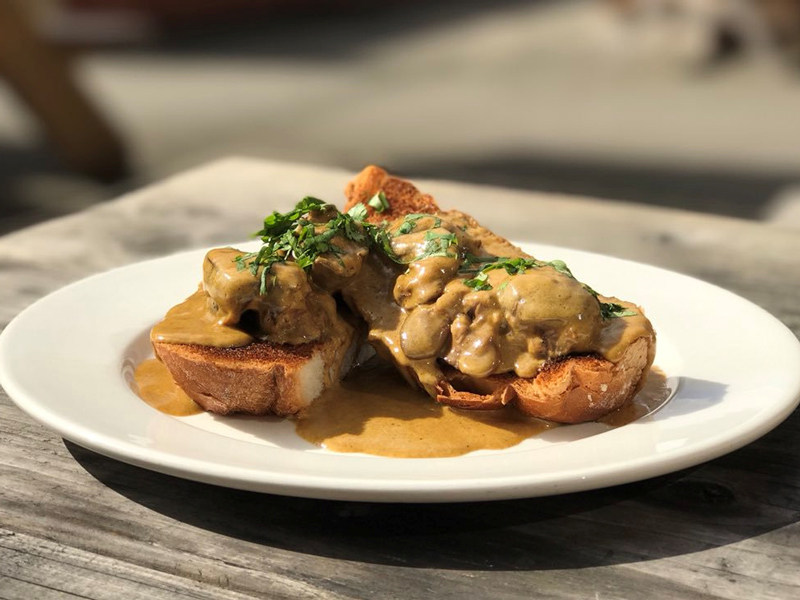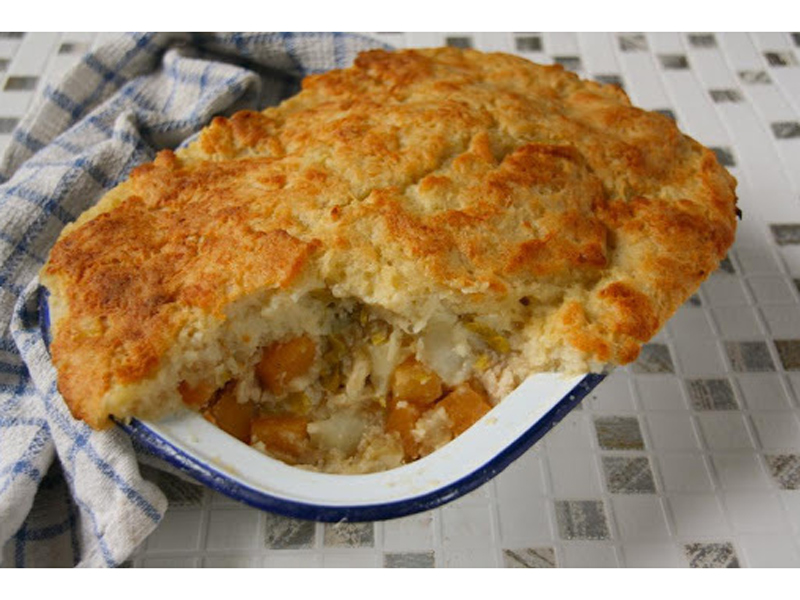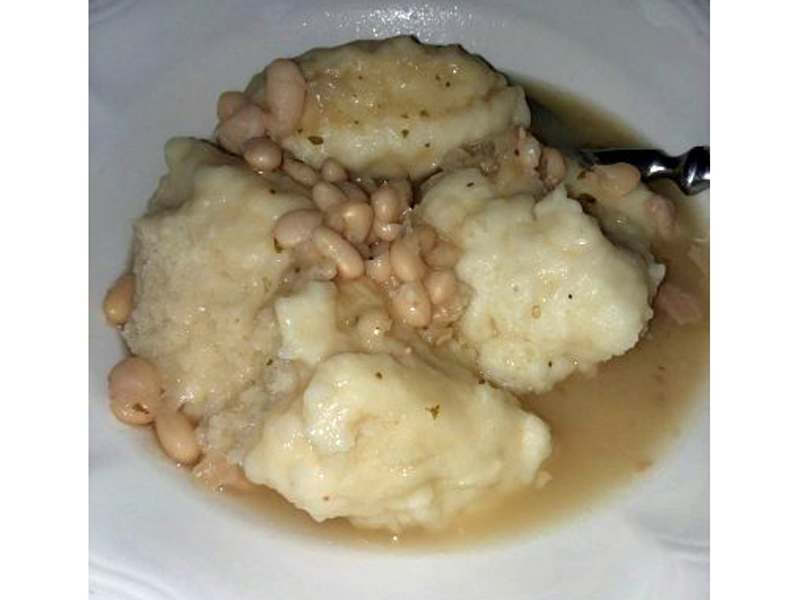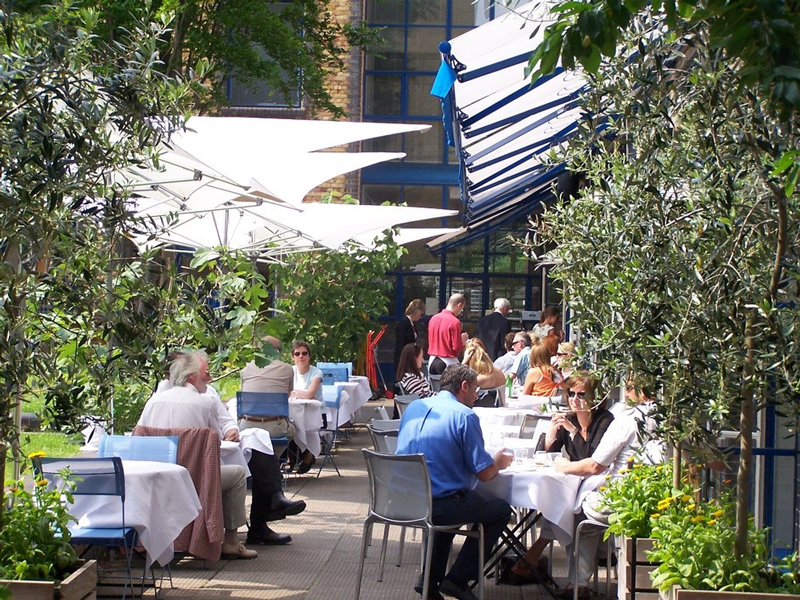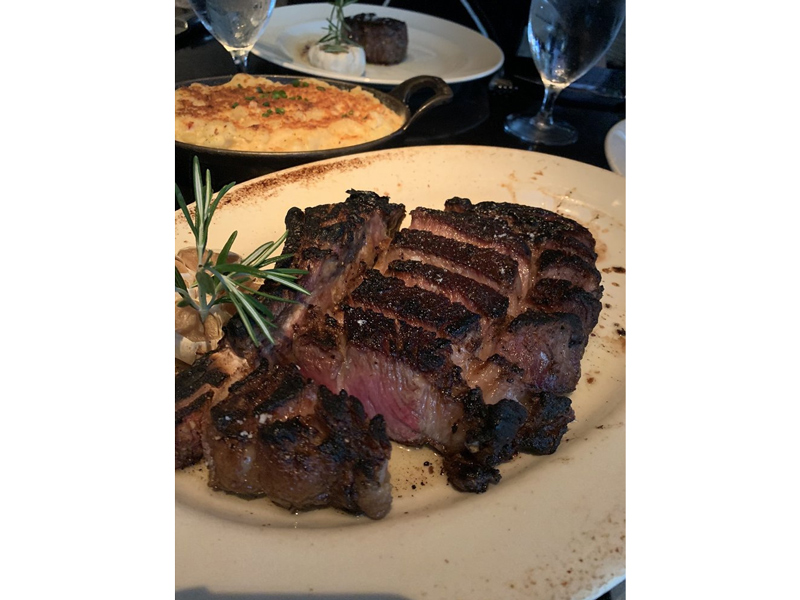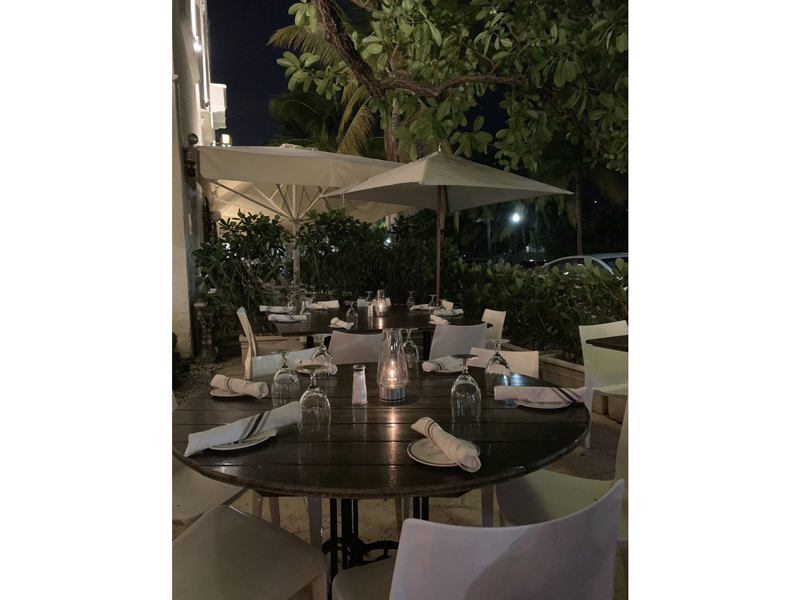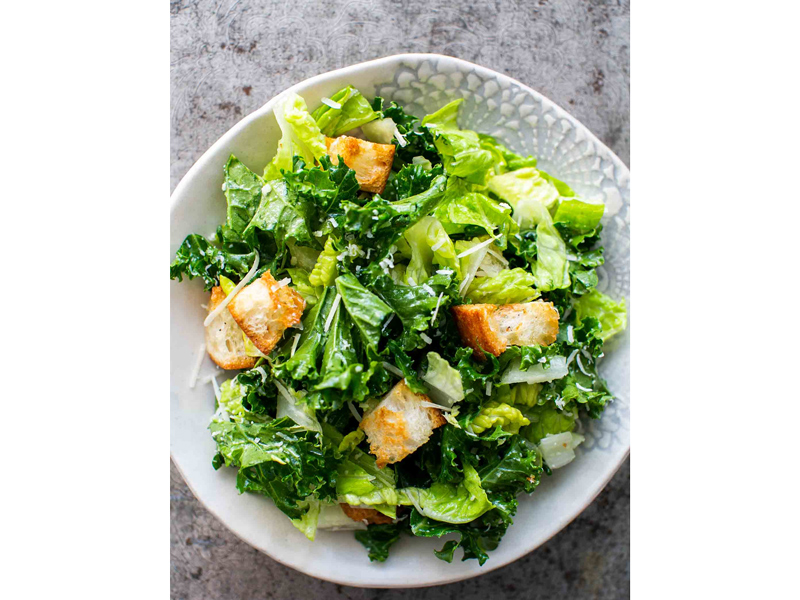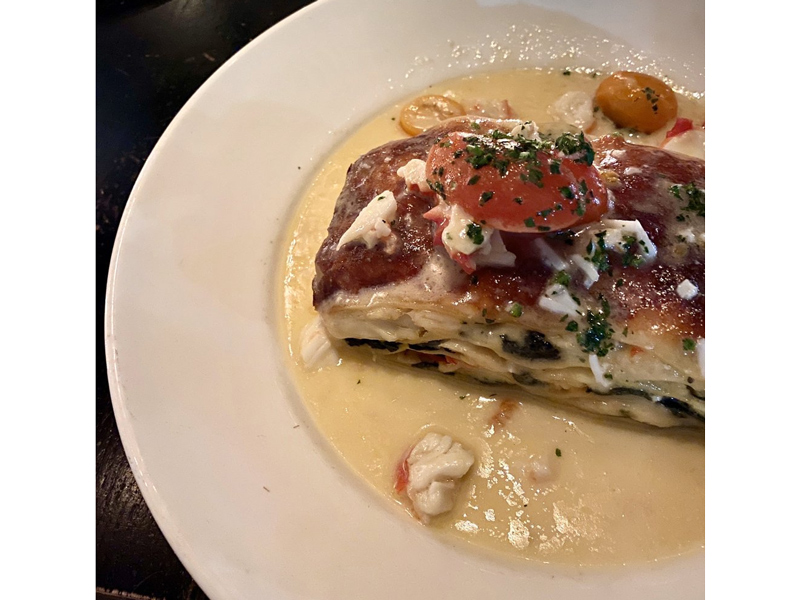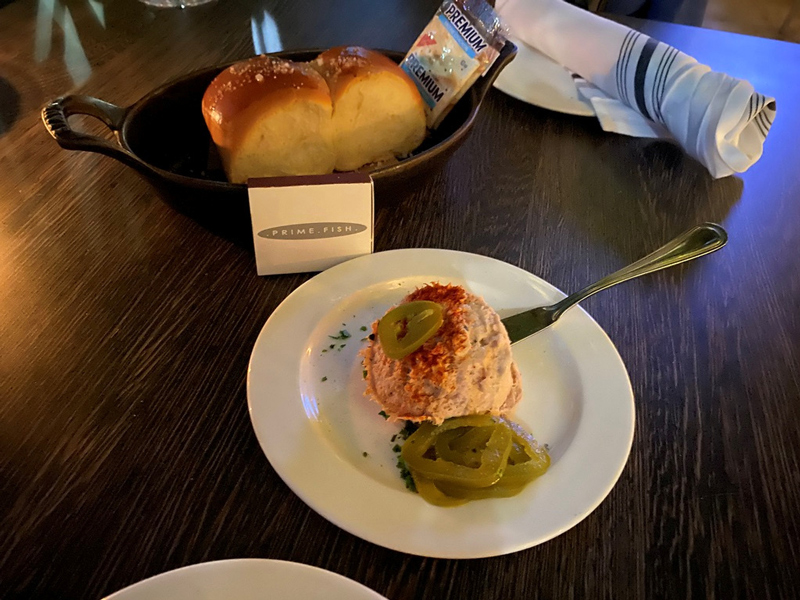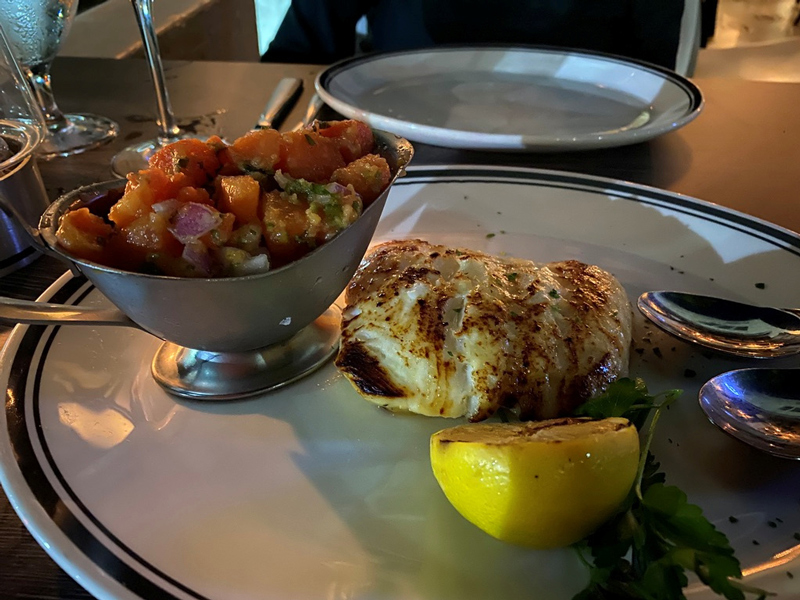The late restaurant critic for the London Guardian, A.A. Gill, wrote, “None of us know how many dinners we have left. To look back and realize that you’d wasted any of them on egg white omelets, green salads without dressing, or broccoli would be too distressing.”
Or to paraphrase Oscar Wilde: “Too many of us know the calories of everything and the taste of nothing.”
That’s why I will always cherish my list of restaurants that we have lost over the past year due to COVID (and, in some cases, civil unrest).
While very good, these restaurants were not the sort that dominate the Michelin Guide (which, by the way, has now resumed operation after a year-long hiatus). Michelin favors the kinds of places where dishes are pelted with white truffles and the prices make your wallet squeal like a pig. No, I’m talking about restaurants without a whiff of arrogance; places where Joanne and I have been treated well despite my wearing jeans. Some of these restaurants served marvelously nuanced food and drink, while others assaulted your tastebuds with weapons-grade fat and flavor. All had wine lists that didn’t make me feel inadequate.
Joanne and I were never regulars at the following restaurants, but we dined at them often enough over the years to appreciate their greatness and develop a real affection for them.
And now they’re gone. And gone forever.
So here goes…
NEW YORK
21 CLUB. On West 52nd Street. It had been around for over 90 years and was a Manhattan social and cultural haunt for the likes of FDR, George H.W. Bush, Richard Nixon, Liz Taylor, Sophia Loren, and other celebs too numerous to count. The prices were comically expensive, and the only dish I ever, ever ordered was the 21 Burger (which, the last time I ate there, years ago, cost – you guessed it – 21 BUCKS.
AUGUSTINE. This French restaurant in the financial district was founded by restaurant genius Keith McNally in the fall of 2016. The New York Times critic Pete Wells said McNally “nailed it” in recreating “vintage Paris.” It was just two years ago that Joanne and I, along with Parasole colleagues, enjoyed a festive and wonderful evening here. Upon closing, McNally spoke as a true restaurateur and said, “Hope to see you all at my other restaurants: Pastis, Balthazar, Minetta Tavern…or debtor’s prison.”
DEL POSTO. An ambitious Italian restaurant in Chelsea, this New York Times 4-star destination opened in 2016. Despite the antics of Mario Batali and the toxic workplace conditions, it was COVID that did ‘em in last March.
THE MERMAID INN. A tiny storefront in the East Village, the Mermaid Inn had a “crab shacky” character that charmed diners for 17 years. The lobster rolls were epic, the oysters pristine and the crab cakes superb. And everything could be had at ultra-reasonable prices. But great food, ambiance and value couldn’t save it from the pandemic.
CHICAGO
BLACKBIRD. One of Chicago’s most acclaimed restaurants, this Michelin-starred West Loop institution closed after 22 years. I have fond memories of the Gascony inspired Duck Confit.
THE ORIGINAL MORTON’S STEAKHOUSE. Located in a basement at State & Rush since 1978, this place set the tone for luxe steakhouse dining across America. Joanne and I ate there dozens of times (Joanne got the Filet; I went straight for the man-hole sized Porterhouse. So sad!
3 FORKS STEAKHOUSE. This Dallas-based steak powerhouse near Millennium Park. Even they couldn’t survive the dining restrictions that came along with COVID.
LAWRY’S PRIME RIB. Now here’s an oldie. This “busload-friendly” touristy beefhouse thrived for half a century on Ontario Street. I’ll miss the kitschy sterling silver trolley and the theater of master carvers serving up endless slices of Prime Rib tableside. It shuttered its doors on New Year’s Eve, 2020. COVID and civil unrest did them in.
MINNEAPOLIS
FUJI-YA. I loved this place, first in its location on the river, and then in Lyn-Lake. I think it was the first Japanese restaurant in town. More recently it provided Joanne and me the opportunity to expose our grandkids to sushi and vegetable tempura. Alas, Fuji-ya succumbed to COVID and the riots after 60 years in business. What a shame.
GRAND CAFÉ. This was as close to Paris as you could get in Minneapolis. Parisian elegance, wit and whimsy abounded here. Home of a fantastic brunch, it served a spectacular crab meat omelet made with “eggy” Jipori eggs (the best), as well as cacio e pepe dumplings topped, of course, with Jipori egg.
THE BACHELOR FARMER, BURCH, OCTO FISH BAR, and BELLECOUR will also be missed.
LONDON
THE LEDBURY. This Notting Hill restaurant by chef Brett Graham wowed diners and critics alike since 2005. WRONG simply didn’t happen here. Michelin gave it two stars; I’d have given it three. Riding back to our hotel in a classic black London cab, I’d swoon over my just-completed meals. It was a must stop on Parasole dining trips.
TRAMSHED. Mark Hix’s tribute to beef and bird was a show-stopper – partially because of the food, also because of the art, including a Damien Hirst cow and chicken embalmed in a huge formaldehyde tank mounted on a giant plinth dead center in the cavernous dining room. It was a not-so-subtle signal that you could eat anything here as long as it was steak or chicken (with its little feet reaching for the sky). Yeah, I know, it’s a little creepy, but the chicken was really good. And you could lick your fingers to boot.
PARIS
Now Paris is a little difficult for me to figure out. Many of my favorite restaurant websites are vague in informing diners that they are CLOSED or TEMPORARILY CLOSED. Only a few say PERMANENTLY CLOSED. And unfortunately, BOUQUINISTES falls in the latter group. Located along the Seine across from the book sellers (hence its name), this restaurant was owned by super chef Guy Savoy, but it was a bistro, not a temple of gastronomy. Joanne discovered table #6, giving her a picture-postcard view of Notre Dame (Me? My back faced NOTRE DAME). The Parasole gang dined there on two occasions. The favorite of the group was always the SEA BREAM.
So, what does it all mean?
Well, I for one will genuinely miss the opportunity to return to these spots. Will I survive? Sure.
But maybe it’s a little like PRINCE. Yeah, we’ll still have music. We just won’t have PRINCE.
And other new and compelling restaurants will spring up. I promise you, they will !! Because imagine if restaurants didn’t exist. There would be nothing for that SPECIAL MOMENT. You’d be denied that little TWO-HOUR VACATION from the quotidian, that brief time WITHOUT A CARE IN THE WORLD. And most of all, you might miss the simple JOY OF JUST BEING ALIVE!
I suppose that the fond memories of permanently shuttered restaurants will gradually fade from our consciousness. But if you can manage, I ask you as I paraphrase the words and wisdom of Dr. Seuss: “DON’T CRY BECAUSE THEY ARE OVER. SMILE BECAUSE THEY HAPPENED.”
W.T.F.
PHIL

